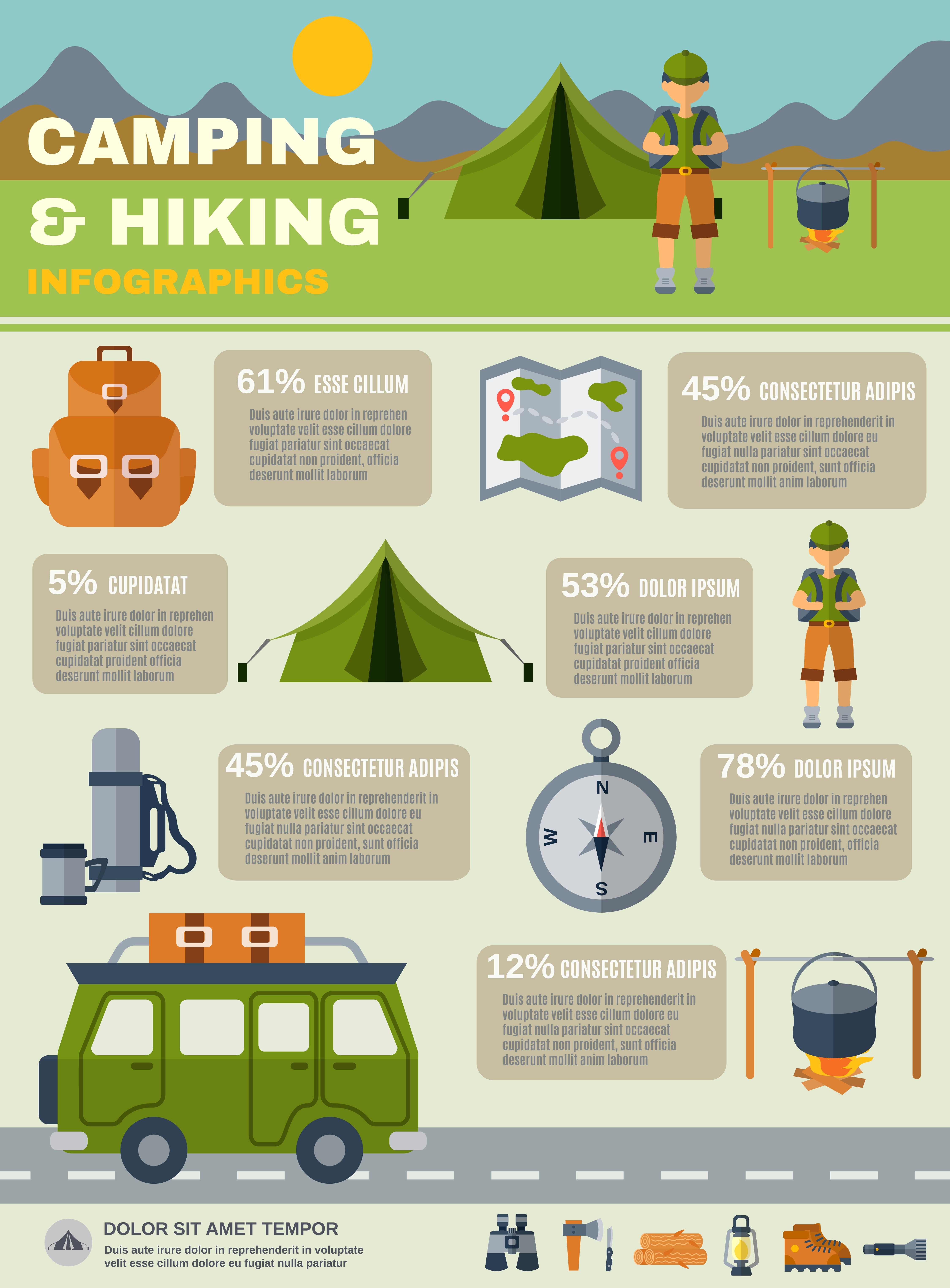Establishing your camping tent can be a complicated job for also knowledgeable campers. This overview will cover the basics of pitching an outdoor tents effectively and securely so you can enjoy your camping trip without stress and anxiety or fear.
Does Home Depot sell camping equipment?
Begin by outlining your camping tent's impact and ground sheet to safeguard your camping tent flooring from rocks, sticks, dirt, and various other debris. Next, construct the tent posts and fasten them to the corners of the outdoor tents body using the proper sleeve or hook.
Choosing the Right Site
When you are worn down after a long day hiking, you intend to pitch your tent and prepare to rest. But you must initially take a walk around the website to see to it it is safe for outdoor camping. Overlook and up to learn whether any kind of trees have large dead branches that might fall on your outdoor tents. These are sometimes called widowmakers and you don't desire them to go down on you while you're sleeping.
Likewise make certain to stay clear of low areas that can flooding during a storm and to camp far from pet trails, nests and habitats where ticks and chiggers are more than likely to grow. Try to find a flat, rock-free area that allows sufficient for your tent and any other gear you'll be bringing.
Some individuals like to establish their outdoors tents up so the head end is pointed toward the east to capture the sunlight's warming rays first thing in the early morning. This isn't always required, however it is a great touch that can aid wake you up.
Pitching Tips
It may seem apparent, however correct outdoor tents throwing is one of the most essential consider a good night's rest. Having a practice run in the house will certainly help you familiarize yourself with your camping tent, find all the post sleeves and bolts, and see to it everything is in place. It's also a good time to exercise making use of guylines for security and to discover any broken pieces.
When you reach your outdoor camping website, take a look at the surface to see if it appropriates for your outdoor tents. An excellent general rule is to pitch the outdoor tents on a level, degree place with a minor downhill angle. This will certainly enable rainfall to recede from the camping tent instead of merging before it.
If you can not discover a degree location, think about putting a tarp or other groundsheet under your camping tent footprint to safeguard it from moisture. This can also help keep dust out of the outdoor tents.
Making Use Of Guylines Properly
Making unique camping tents use of individual lines properly is essential to seeing to it your outdoor tents or hammock remains safe and secure in high winds and various other negative climate condition. A person line is a rope or cable that connects to the ground through loops and D-rings in the framework, tarpaulin, or rainfly.
Begin by protecting one end of the line to a guyout loophole on your camping tent or rainfall fly, or to the post it's affixed to. After that loophole the various other end of the line over a risk positioned faraway from the structure and tighten it.
Keeping your sanctuary's guy lines tight will certainly stop drooping or drooping throughout gusty conditions, avoiding moisture from seeping right into the camping tent or damages to the structure and enhancing convenience and security during camping. Always check the stress of your guy lines throughout and after negative climate condition to guarantee they stay safe. Furthermore, think about packing a guy line tensioner to conveniently change and maintain the proper amount of stress in your lines.
Taking Down the Tent
When resolving right into your camping area, find a place with a level area and clear it of rocks and particles. Also, be sure to set a camping tent footprint or tarpaulin slightly smaller sized than your camping tent body to prevent water merging. This assists keep your outdoor tents dry from rain or condensation and can be particularly useful in gusty areas.
Examine your equipment, including the outdoor tents stuff sacks to make sure absolutely nothing is missing. Examine that the poles match their clips and restock first-aid things if required.
When it's time to pitch your tent, start by orienting the doors downwind, and stake down each corner of the outdoor tents. If the ground hangs or sandy, consider spreading out a tarp under your outdoor tents to safeguard it from wind and lower the probability of your tent toppling. Also, make sure to use guylines successfully to tie down your rainfly and maintain it taut. A well-pitched camping tent can prevent leaking, condensation, and sunlight damage.
How long should a tent stay waterproof?
